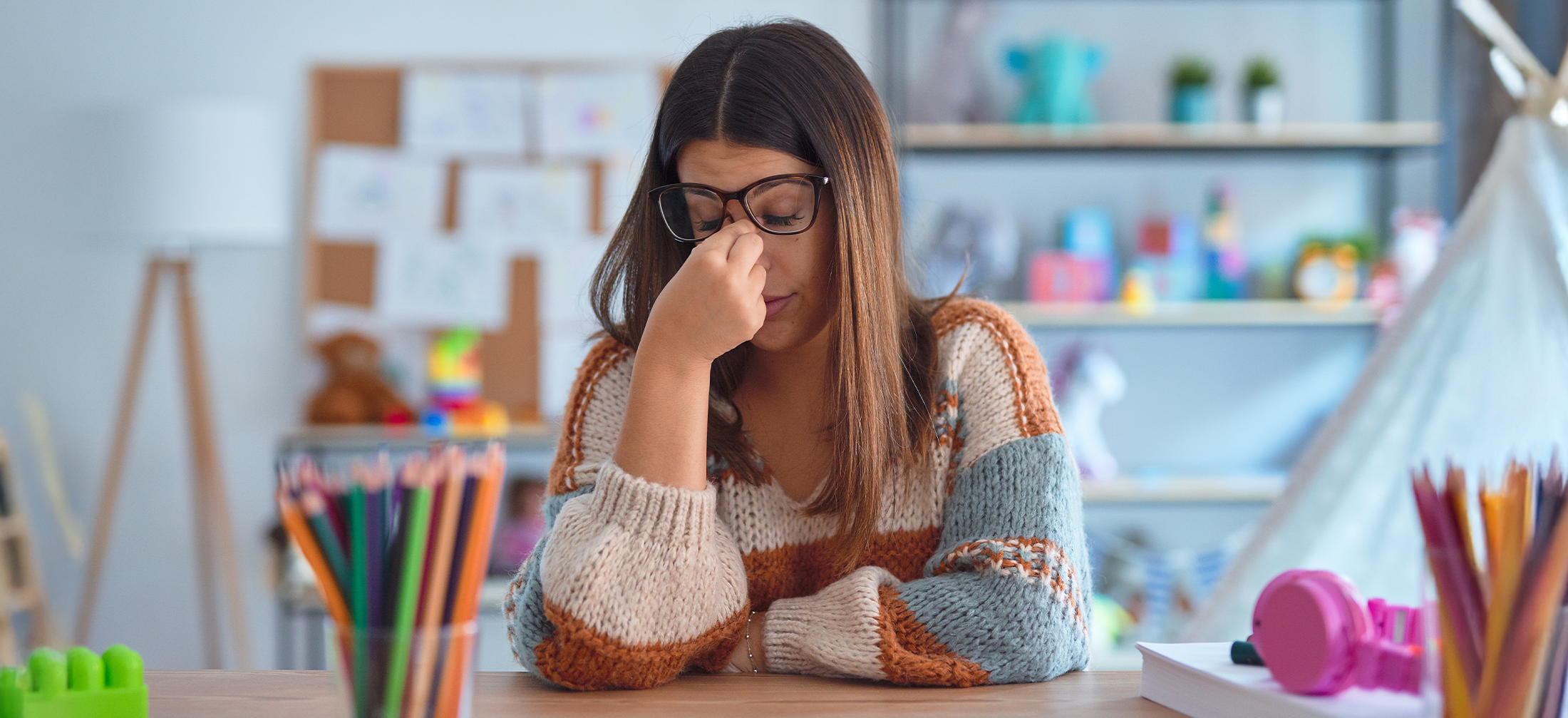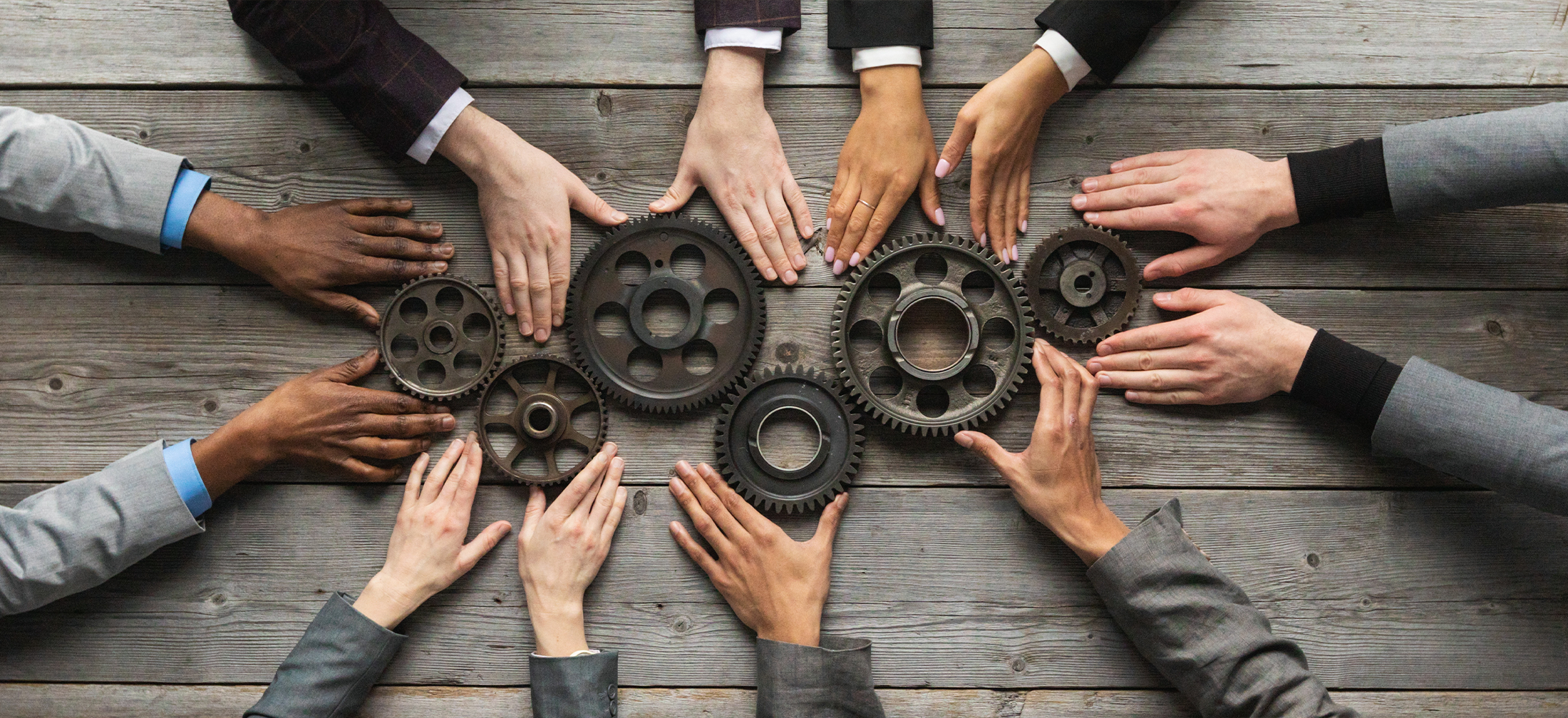Since 1992, The Nation’s Report Card (NAEP) has indicated minimal improvement in reading. One of every three fourth-grade students cannot read or understand text at a basic proficient level. Disrupted learning due to the COVID-19 pandemic has exacerbated the gaps in literacy even further. At the same time, reading curricula publishers have approached reading improvement in similar ways. However, advancements in technology have allowed educators to reconsider how to personalize learning and individualize the pace of instruction to address reading disparities. As educators and education technology developers looking to improve literacy instruction, how do you know what is and isn’t working when it comes to new technologies and personalized learning?
Over the past four years, I’ve had the opportunity to study Lyrics2Learn, an online reading supplement fusing original, relevant music with educational texts. The tool was created in an elementary classroom by Colorado teacher Jeremy Spartz and currently serves 30,000 kids 1.5 million lessons per year.
As part of this work, I recently walked into a busy and boisterous kindergarten classroom. Students were singing, making letter sounds, and answering questions together at the same time. The students were deeply engaged in what was happening on their iPads, each with their own set of headphones on. I was hearing and seeing children engaged in learning phonological awareness.
Using Lyrics2Learn, kids read along repeatedly and chorally with musicians, emulating expression, pace, and accuracy to develop fluency. The music heightens engagement, while repetition, rhythm, and rhyme increase retention and background knowledge. This allows students to more successfully understand, retain, and apply text. Each song/story is organized into three 15-minute lessons to be completed each week. Fluency practice is followed by individualized, leveled comprehension questions that become progressively more complex as students retain more information. Teachers are provided mastery and data progress for 12 standard-aligned concepts.
Lessons Learned Through Research and Development
Our first study of Lyrics2Learn included 463 students from kindergarten to third grade across nine schools in a large urban school district. We looked at how students used the tool, if teachers found it easy to use, and how its use related to student literacy growth. What we found was that Lyrics2Learn holds great promise in improving reading comprehension and reading fluency. Educational technology like this can allow teachers to customize assessments and instruction to individual students in real time.
With further study, Lyrics2Learn can demonstrate the benefits of technology interventions for reading achievement and how technology can and should build upon what research supports as effective practice:
- 100% of teachers in the study would recommend Lyrics2Learn to a colleague
- 97% of teachers in the study reported their students are engaged when using the tool
- 94% report their students are motivated to learn when using Lyrics2Learn
Lyrics2Learn developers also contracted with Marzano Research to support research and development of Lyrics2Learn Phonetics, an online program that will provide pre-K and first-grade teachers with an adaptive, systematic approach to phonemic awareness based on current research on the science of reading. Through funding from the Department of Education’s Small Business Innovation Research (SBIR) Program, we are first examining usability and feasibility using a mixed-methods research design.
The research conducted in the first phase will serve as a foundation for a second phase of research and development. In Phase I, we:
- Identified areas that are engaging for students
- Found teachers could independently implement the program without professional development
- Learned lessons are most feasibly implemented in centers or on individual devices
We will build from these learnings to develop a more refined user interface and navigation and formally test instructional outcomes and efficacy during Phase II. Ultimately, the information learned in Phase I will allow us to test for whom the program is most effective and under what conditions we can support maximum efficacy and commercial scale-up.
These projects are a great example of how we can partner with small businesses to explore their potential for educational and social impact. Working with a partner to conduct research and product development helps small businesses and social entrepreneurs bring research and evidence to their products. Together, we can bridge the gap between performance of basic science and utilization of results to improve student outcomes.
If you have an education technology product or curriculum that you’d like to evaluate or conduct research and development on, reach out to me here.




